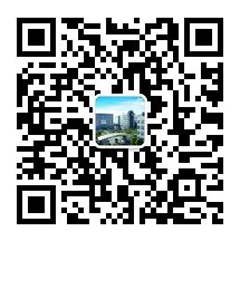Engineering Electronic Properties of Thermoelectric Semiconductors
SEMINAR
The State Key Lab of High Performance Ceramics and Superfine Microstructure,
Shanghai Institute of Ceramics, Chinese Academy of Sciences
中 国 科 学 院 上 海 硅 酸 盐 研 究 所 高 性 能 陶 瓷 和 超 微 结 构 国 家 重 点 实 验 室

Engineering Electronic Properties of Thermoelectric Semiconductors
Prof. G. Jeffrey Snyder
Northwestern University
时间:2023年11月12日(星期日)9:30
地点:嘉定园区F楼5(1)会议室
欢迎广大科研人员和研究生参与讨论!
联系人:史迅 (69163528)
报告摘要:
Thermoelectric semiconductors often have complex electronic properties yet they can be modeled with a simple effective mass model. Good thermoelectric materials require a high weighted mobility which serves as the electronic component to the thermoelectric quality factor that determines peak zT. Often complex band structures with multi-valley Fermi surfaces are associated with high weighted mobility. This complexity arises from orbital chemistry as well as structure. Band convergence combined with the physics of avoided crossings can also be used to explain the band structures and provide strategies for band engineering Half Heusler materials. Many thermoelectric materials such as Bi2Te3 are topological insulators (TI). The correlation can be understood in that the band inversion that causes TI can lead to band warping that leads to high valley degeneracy and low transport mass. In some systems the Fermi surface pockets can be anisotropic and even non-ellipsoidal, such as the tubes of Fermi surface found in SrTiO3 and Pb and Ge Chalcogenides. Tubes or sheets of Fermi surface rather than ellipsoidal pockets leads to a density of states like 1D or 2D low dimensional materials. By engineering the orbital chemistry complex behavior and unusual properties can be devised even in 3D materials.
主讲人简介:
 G. Jeffrey Snyder is a Professor of Materials Science and Engineering at Northwestern University. His interests are focused on engineering of electronic and thermal properties and he is well known for his work on thermoelectric materials. He has developed new methods of electron band structure engineering and microstructure engineering of thermal and electrical properties of complex materials. His interdisciplinary approach stems from his background in Solid State Chemistry at Cornell University and the Max Planck Institute for solid state research, Applied Physics at Stanford University and thermoelectric materials & device engineering at NASA/Jet Propulsion Laboratory and California Institute of Technology (Caltech).
G. Jeffrey Snyder is a Professor of Materials Science and Engineering at Northwestern University. His interests are focused on engineering of electronic and thermal properties and he is well known for his work on thermoelectric materials. He has developed new methods of electron band structure engineering and microstructure engineering of thermal and electrical properties of complex materials. His interdisciplinary approach stems from his background in Solid State Chemistry at Cornell University and the Max Planck Institute for solid state research, Applied Physics at Stanford University and thermoelectric materials & device engineering at NASA/Jet Propulsion Laboratory and California Institute of Technology (Caltech).


 当前位置:
当前位置:

